Joel Sartore
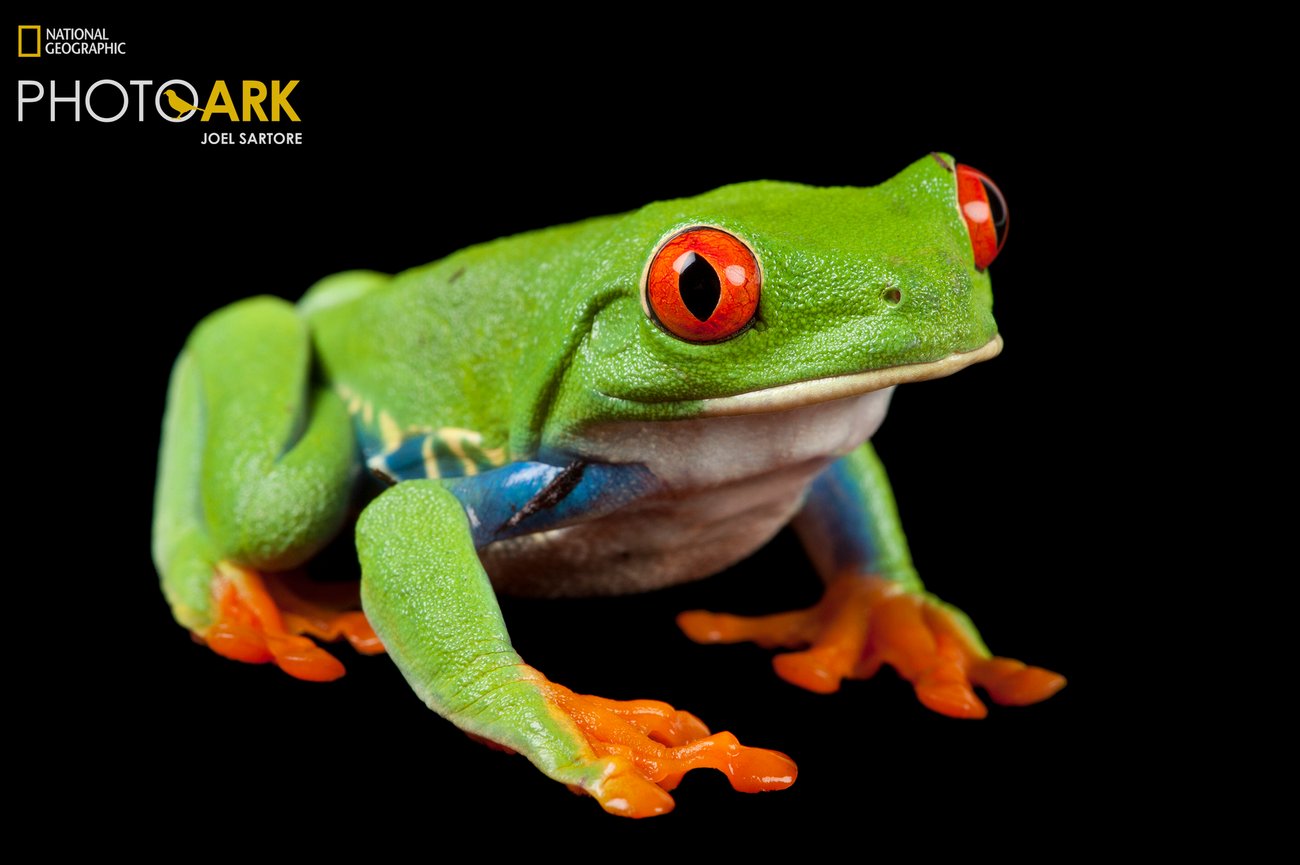
In 2006, world-renowned photographer Joel Sartore (he/him) started the National Geographic Photo Ark in an effort to document every species living in human care, inspire action through education, and help save wildlife by supporting on-the-ground conservation efforts. For more than 15 years, he's traveled to zoos, aquariums, and wildlife sanctuaries around the world in his quest to create a photo archive of global biodiversity. Sartore is a National Geographic Explorer, public speaker, author, educator, conservationist and regular contributor to National Geographic magazine. In 2018, he was named the Rolex National Geographic Explorer of the Year. Joel is based in Lincoln, Nebraska, USA.
Hi Joel! Tell us a little about yourself — when did you first become interested in photography and how did you get to where you are today?
My journey really started with my parents. They loved nature and taught me to appreciate it from as early as I can remember. My father took me hunting and fishing, and my mother loved the flowers in her yard and the suburban wildlife in the trees behind our home. My interest in photography started by taking a few pictures in high school, then I discovered a darkroom in a dormitory in college. I shot a bit for my local newspaper, the Ralston Recorder, then the Daily Nebraskan in college. From there I got an internship at the Wichita Eagle in Kansas, then a staff job there, then I eventually landed work for National Geographic.
My first couple of assignments for National Geographic were the first real nature photography I did. “Eagles on the Rise” was a small story about an effort to hand-rear and release southern bald eagles into the American Southeast. The second story, about America’s Gulf Coast, was much broader, literally spanning from the tip of Florida to Brownsville, Texas. All of these things really opened my eyes. The environment was in such terrible shape, yet people just ignored it, pretending it was 'normal' to see medical waste like hypodermic needles and used blood bags mixing with spilled oil and tar. That story made me realize the amount of work needing to be done would last my lifetime, and beyond.
In 2006, I got the idea for the Photo Ark while my wife was battling breast cancer. She's healthy and fine today, but I stayed home for a year to take care of her and our three kids. Once Kathy recovered, I decided to focus on one big project, something to reach a public with a decreasing attention span, and really try to move the needle of conservation.
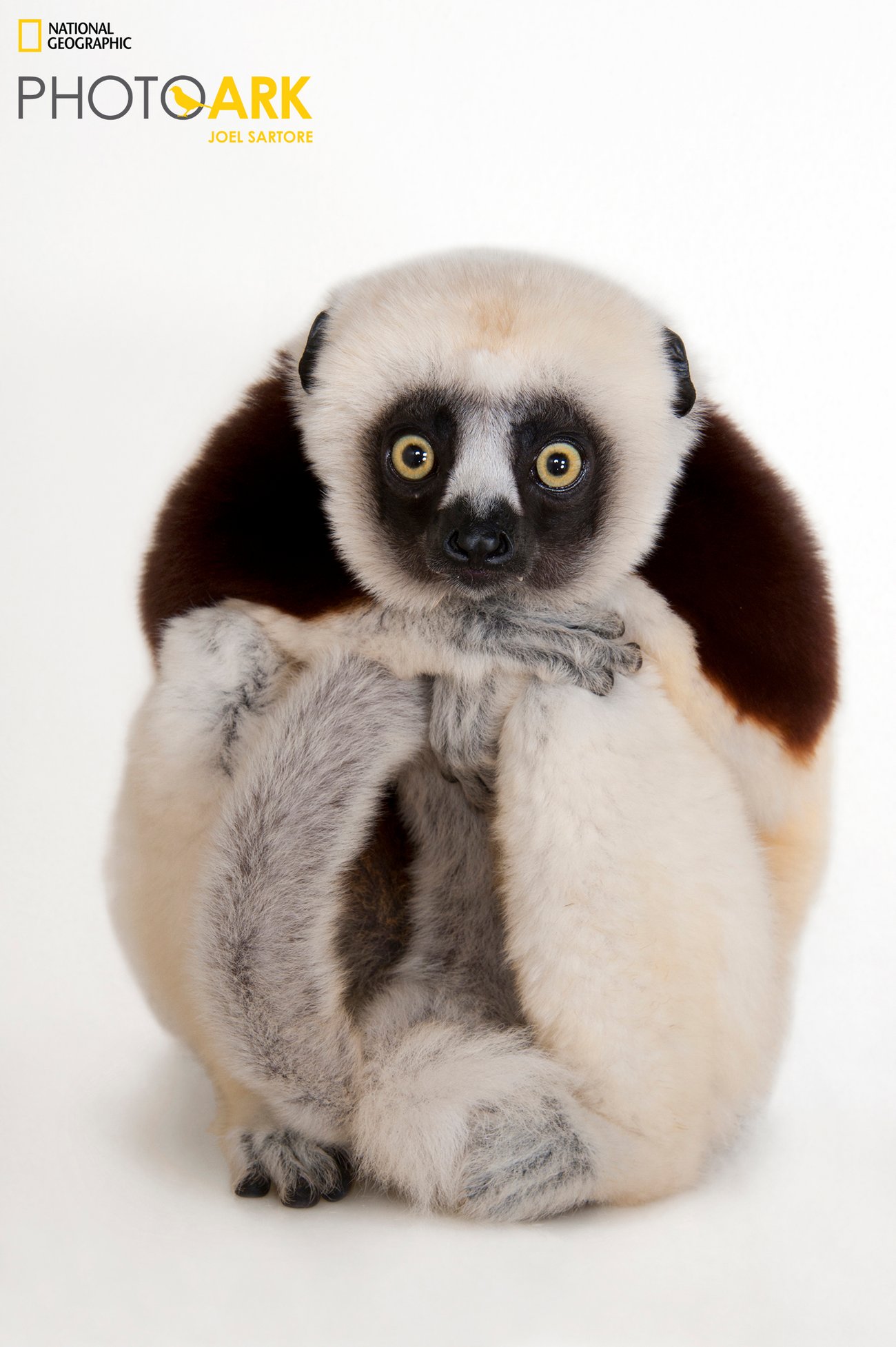
And so I started going to the Lincoln Children's Zoo, a mile from my house in Lincoln, Nebraska, to take photos. I asked the zoo staff if they had a small animal that would hold fairly still, and so they brought out a naked mole rat and put it on a white cutting board from their kitchen. He didn't hold still very well, but I was intrigued by the fact that these animals live underground and completely out of sight in the wild, yet how well I could see his face against the clean white background. It helped me appreciate the species in a whole new way. That's how the Photo Ark got started.
I'm now shooting 100% for the Photo Ark trying to give a voice to the voiceless. It's a huge honor, and a responsibility I take very seriously.
Since beginning, I’ve visited more than 60 countries and have worked in more than 750 zoos, aquariums and wildlife sanctuaries around the world. Most have heard of the Ark and are very gracious to let me come and photograph their animals. They know by now that this is a free service, and we can show each facility and their animals to a new and global audience. At a time when so many people live in urban areas without access to wild animals, zoos keep the public engaged in the natural world while also funding habitat restoration and critical breeding programs.

“We are all in this together and every one of us needs to be invested in the future of all species to ensure a liveable planet for us all.”— Joel Sartore
The Photo Ark began in 2006 during a deeply personal time when your wife was diagnosed with breast cancer. How has this personal connection influenced your approach to documenting endangered species and their stories?
That time was really a wake-up call for me personally and became one professionally as well. It was a very clear reminder of how fragile life is and the need to cherish the moments and amazing world we are surrounded by. It spurred me to envision this idea for the Photo Ark as a way to create not only a lasting record of the amazing diversity of life all around us, but also to inspire the public to care about nature. That way, the Photo Ark doesn’t just become an archive of the species we drove to extinction.
Your Photo Ark project has now documented over 16,000 species with a goal of photographing all 25,000+ species in captivity. What has been the most memorable shoot or species that you’ve photographed, and what made it memorable?
Most animals I photograph have a real impact on me. I think of their stories and hope to tell each as well as I can. One memorable moment was when I had the honor of photographing Nabire, one of the last northern white rhinos left on the planet. She lived at the Dvur Kralove Zoo in the Czech Republic. She was really sweet and passed away just weeks after our visit of complications brought on by old age. Now the world has just two left.
Your Photo Ark images create unique and personal portraits of each animal. How do you establish a connection with your subjects to capture their personality, especially when working with naturally shy or aggressive species? What safety protocols have you developed over the years?
When working with wildlife and nature in general, it is absolutely crucial to respect your subject and surroundings. Before I even start the shoot, I research my subjects and talk to the keepers to learn about each species I’ll be photographing, what a respectful distance is, what behavior to avoid, the works. Working closely with the professionals that take care of these animals and then following their guidance is key. They know these animals best and their care for them is what allows me to get the photos quickly and safely, while keeping the animals as calm and happy as possible.
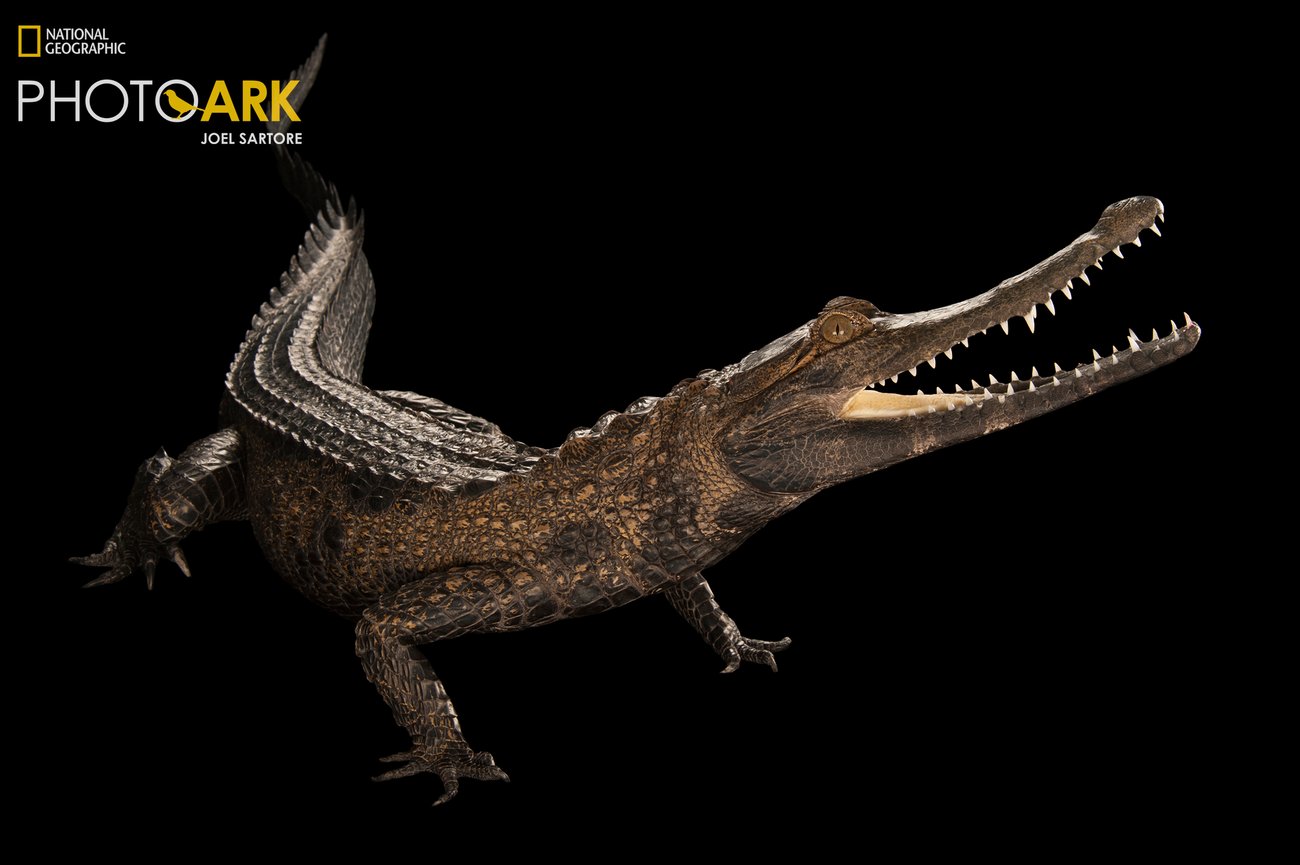
Your distinctive style of using black and white backgrounds gives equal prominence to all creatures, whether tiny or large. What inspired this artistic choice, and how does it serve your mission of conservation?
I really wanted a way to eliminate all distractions and focus the audience’s attention solely on the animal in the photograph. Because we humans are primates, we’re really into eye contact, and these images allow the viewer to really look animals in the eye in order to make a real connection.
In addition, it was important to establish that each animal was as important as any other. The simplest way to do that was to create these portraits on plain black and white backgrounds, where no size comparison is possible. This means each animal is the same size; a tiny frog becomes as large (and important) as a tiger in these photos. All animals have an equal say, and an equal right to have their stories told to the world. Look closely enough and we can even see the beauty in a beetle, an animal people may often dismiss, even though beetles are critical in keeping the world’s terrestrial ecosystems functioning. In my images for the Photo Ark, I hope viewers will look deeply into the eyes of these animals and see they are important and so worthy of protection.
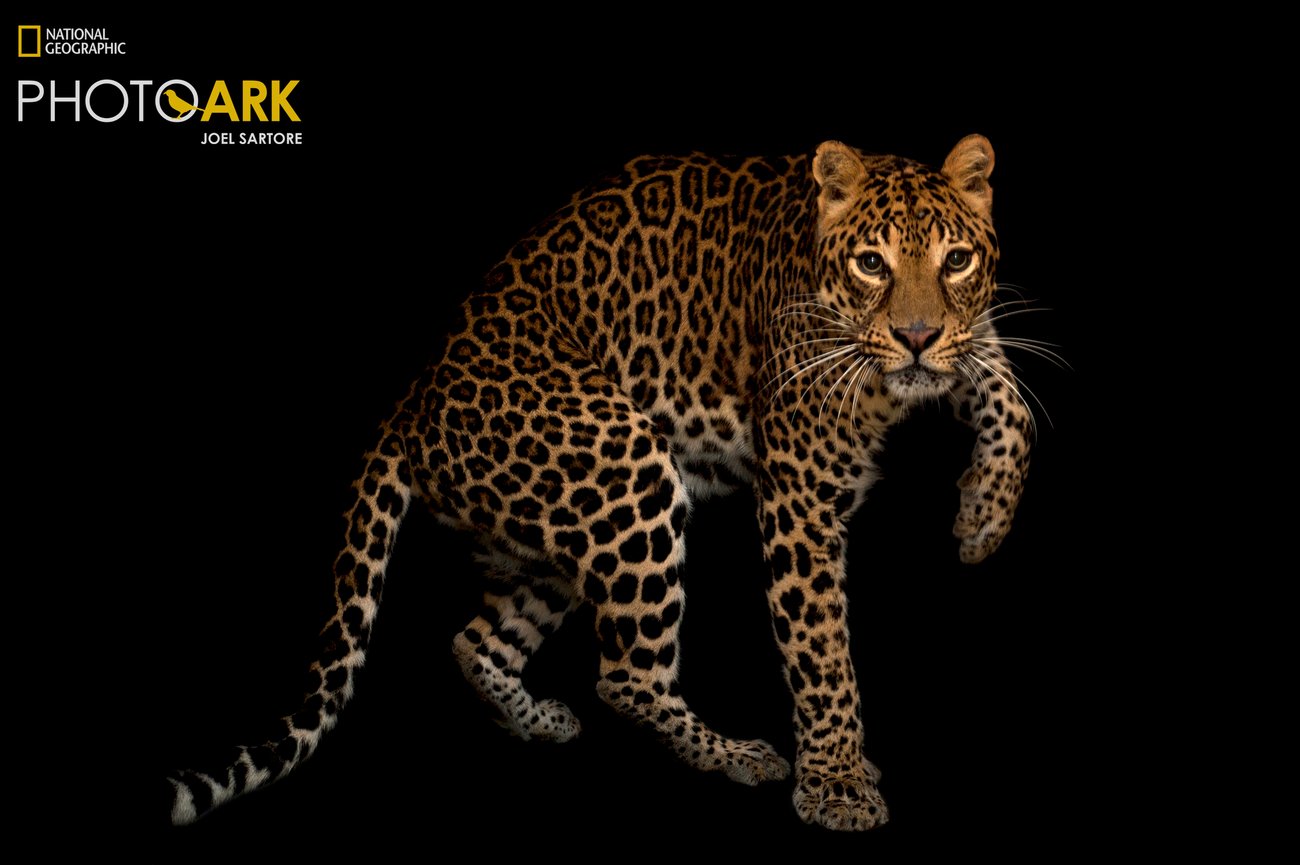
Looking back at your career of more than 30 years with National Geographic, 18 years with the Photo Ark, and the evolution of wildlife photography, how do you see the role of conservation photography changing in the age of social media and smartphone cameras? What excites or concerns you about these changes?
It’s already changed. People can take good photos with simpler tools than they used to — now smartphone cameras are capable of taking better images and video, then instantly sharing those across the world. It’s actually a very exciting time for people to get interested and learn about the world around us and the amazing forms of life we share our planet with. It also is a great time to act — there is so much technology at our disposal to make positive change for species.
On the other side of that, people want to be out there taking photos of animals and sharing their images on social media, but we have to remember that animals — especially wild animals — deserve our respect. We should always keep a safe and respectful distance, which is crucial for the safety of wildlife and people.
For wildlife photographers, I believe it’s critical to try and make the world a better place, and by that I mean making the public aware of both humanity’s good deeds and bad, in order to try and save species and their habitats. As these other species go away, so could we.
Can you walk us through your essential equipment list, from lighting to cameras to backgrounds for the Photo Ark studio setup? How you achieve such consistent results across vastly different subjects, from tiny thumbnail-sized frogs to large mammals, often in challenging zoo environments?
For the questions about my equipment, I actually have a great post on my website here that goes into detail and provides helpful links.
Consistency for me is really all about preparation. The equipment and setup is fairly standard — it’s really the execution that can be tricky. That’s why I work so closely with zoo, aquarium and wildlife sanctuary staff well in advance to learn about the species, the facility, and the rules of conduct there are for any given species we hope to photograph. All animals photographed for the Photo Ark are put on black and white backgrounds. For small animals we use a cloth shooting tent. For larger animals, paint, cloth or paper may be used in an off exhibit space. In an ideal situation, the large animal is habituated to the black and white backgrounds well before the shoot day. When working with wildlife and nature in general, it is absolutely crucial to respect your subject and surroundings. So good advance preparation is key to successful shooting.
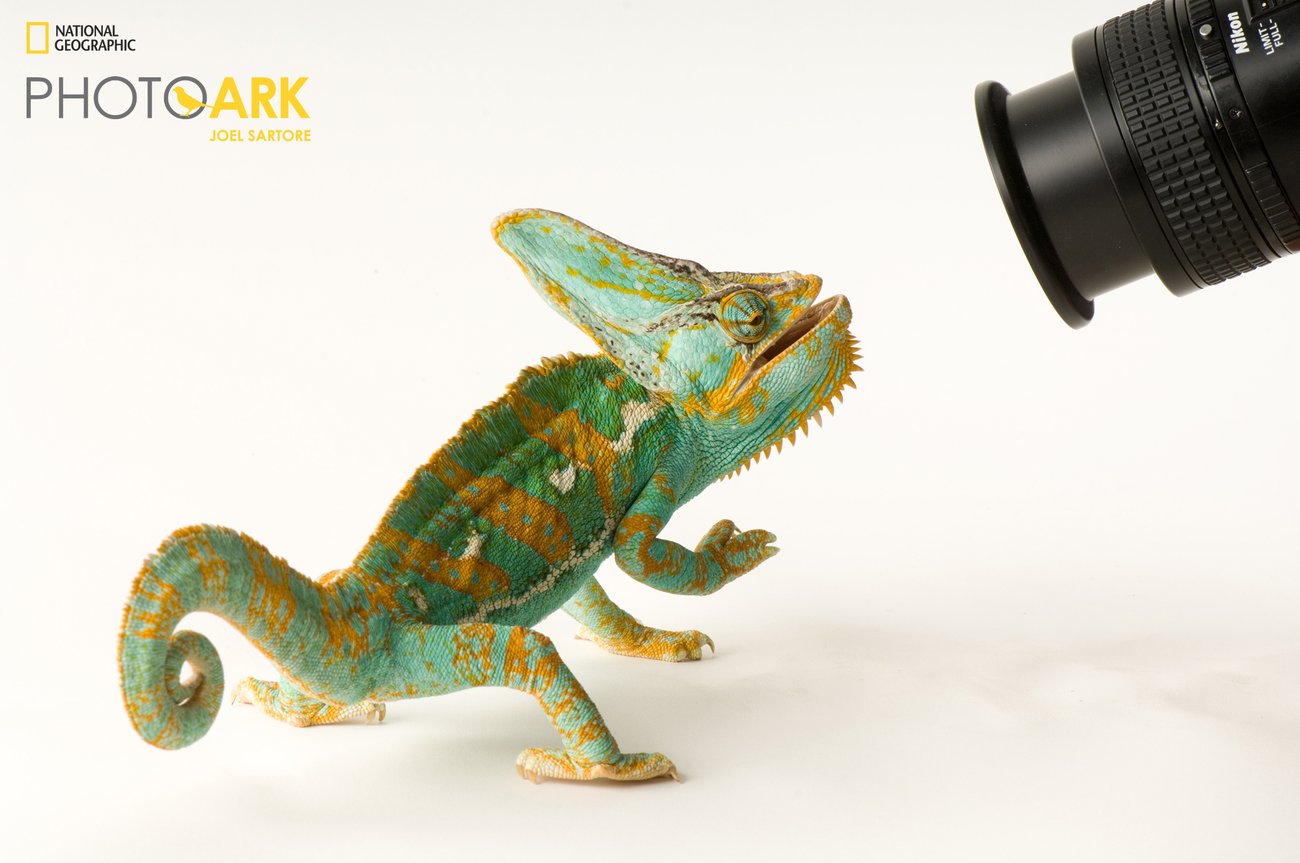
What do you wish someone had told you when you were beginning your journey, particularly about balancing artistic passion with the practical realities of making a living in wildlife photography?
A career in photography offers the chance to travel the world, meet new people, and see amazing places, but it also demands long hours, financial uncertainty and unrelenting pressure. If you do find yourself wanting to try and make a career of it, then be sure to specialize and really hone your focus. Become an expert on a subject that fascinates you most, and work at it for many years, so that you become the ‘go-to’ person when it comes to that subject or part of the world. It’s likely there’s a non-profit out there that’s already working on the species you care most about. Get to know them, and volunteer your time and talents to help them in any way you can. That’s a great way to make a real difference, plus it may lead to gainful employment if you eventually can become valuable to the organization.
For people who are moved by your images but aren't photographers themselves, what are the most effective ways they can contribute to wildlife conservation?
Everyone can play a part in wildlife conservation and wildlife desperately needs all of us! I truly hope that by building this ark of biodiversity I will have inspired people to take real action — big or small — to help create a more liveable world. Whether it’s planting a pollinator garden in your yard or spreading the word among your friends and family about the need to protect species, we can all do our part to stop and reverse biodiversity loss. I hope the legacy of the Photo Ark is not a collection of photographs of species we’ve lost, but a snapshot in time of species we’ve worked hard to protect and restore and keep from extinction.
The stakes could not be higher. We are all in this together and every one of us needs to be invested in the future of all species to ensure a liveable planet for us all.
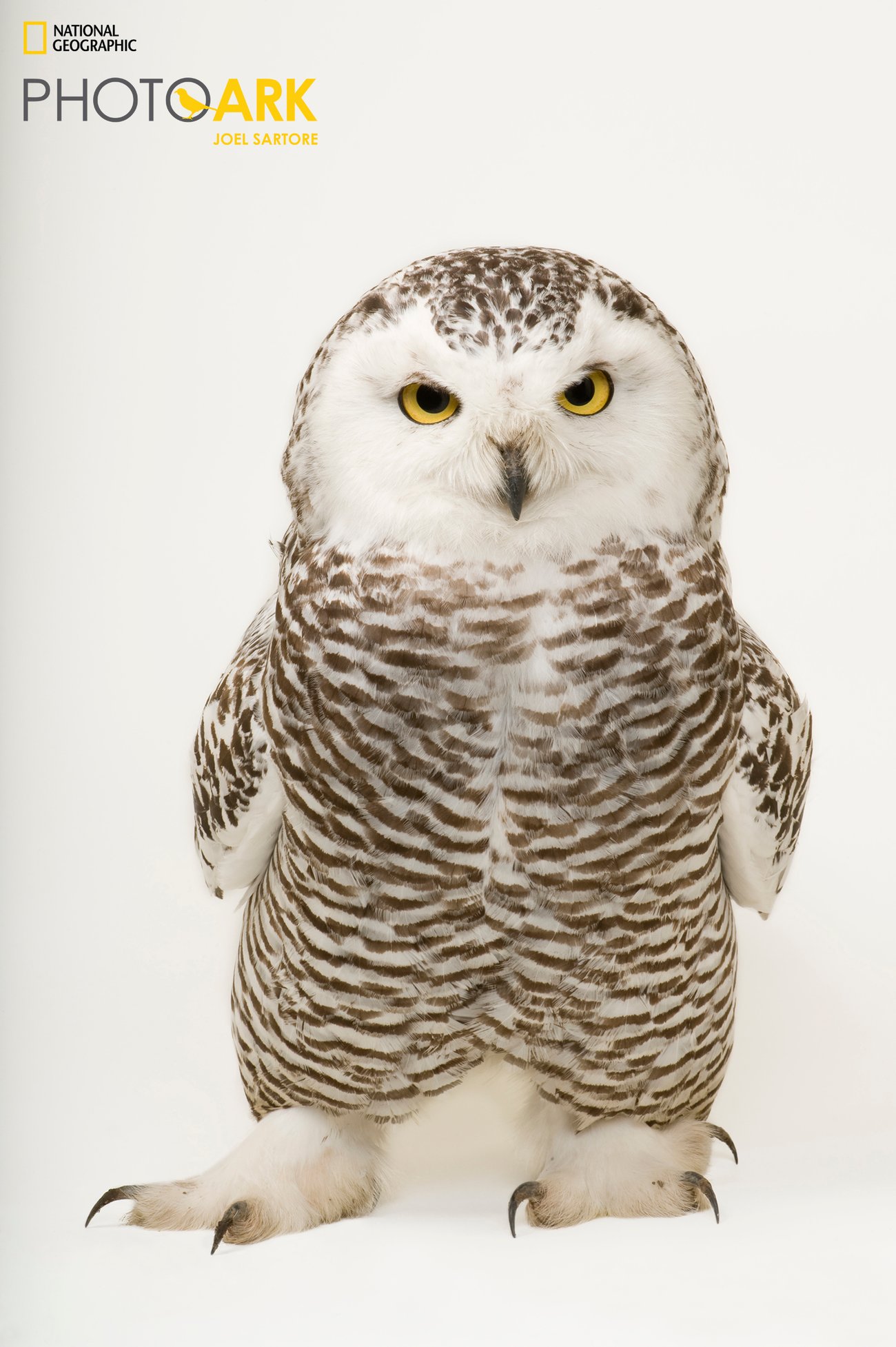
What projects or species are you currently working on and what’s up next for you?
I just returned from an amazing trip to China (and I hope to go back soon!) and plan to travel to Papua New Guinea next.
We also recently announced the second recipient of the National Geographic Photo Ark Species Impact Initiative called The Snail Ark! The project is led by fellow National Geographic Explorer David Sischo and is furthering his work with the Snail Extinction Prevention Program to help protect and restore some of the world’s rarest snails throughout the remote mountains of Oahu, Hawaii. The Species Impact Initiative is a multiyear effort to raise awareness of and find solutions to some of the most pressing issues affecting wildlife and their habitats. Led by the Photo Ark, it supports science-based, on-the-ground conservation projects chosen through a peer-reviewed grant process. This is such an important piece of the Photo Ark’s work and I am thrilled to support and elevate the work of conservationists and their focal species by leveraging the voice and reach of the Photo Ark with the goal to have direct impact for threatened species.
Learn more about ways you can get involved with and support the National Geographic Photo Ark at NatGeoPhotoArk.org.
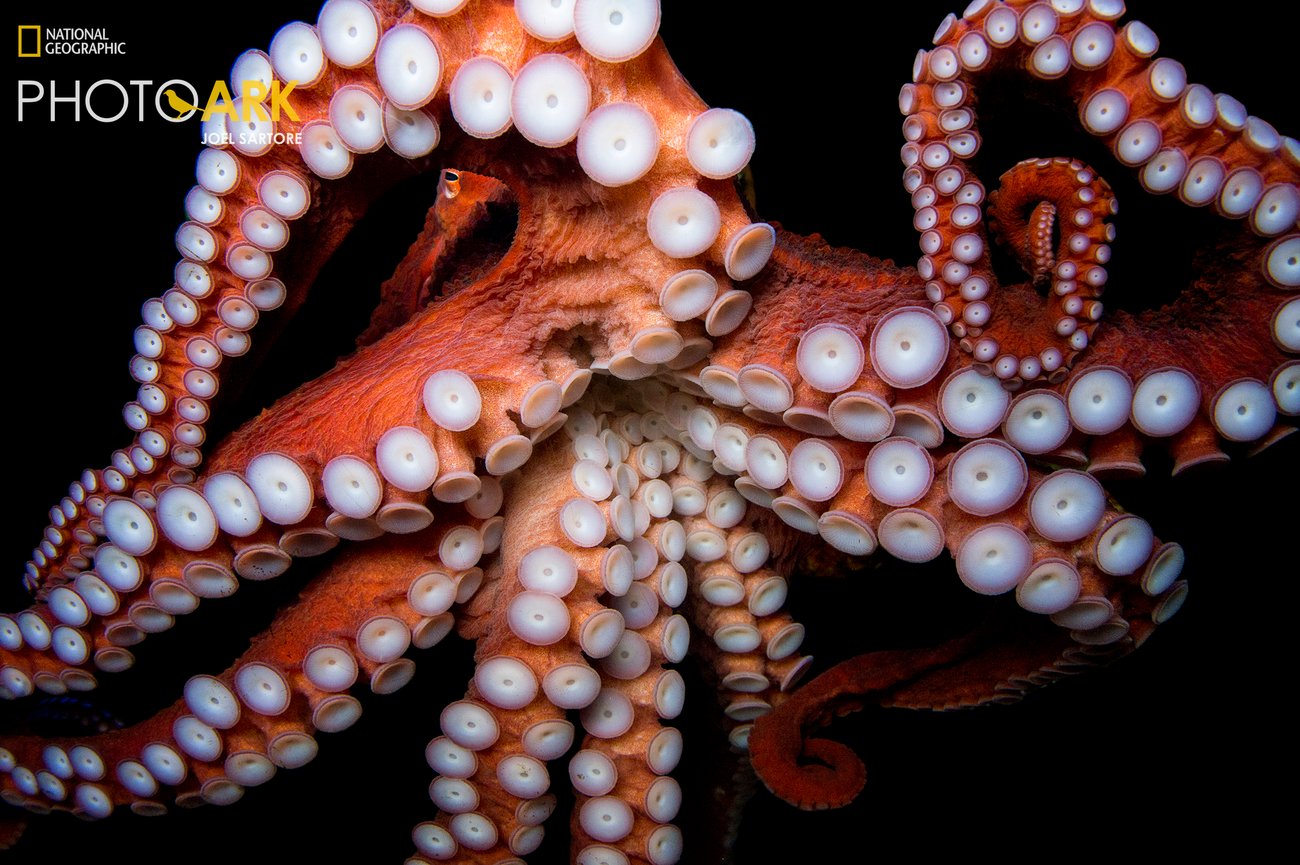
Thank you for sharing with us, Joel! To view more of Joel’s work, visit his website and the National Geographic Photo Ark at NatGeoPhotoArk.org and follow him on YouTube, Facebook, and Instagram.
Joel was nominated by Noun Project.